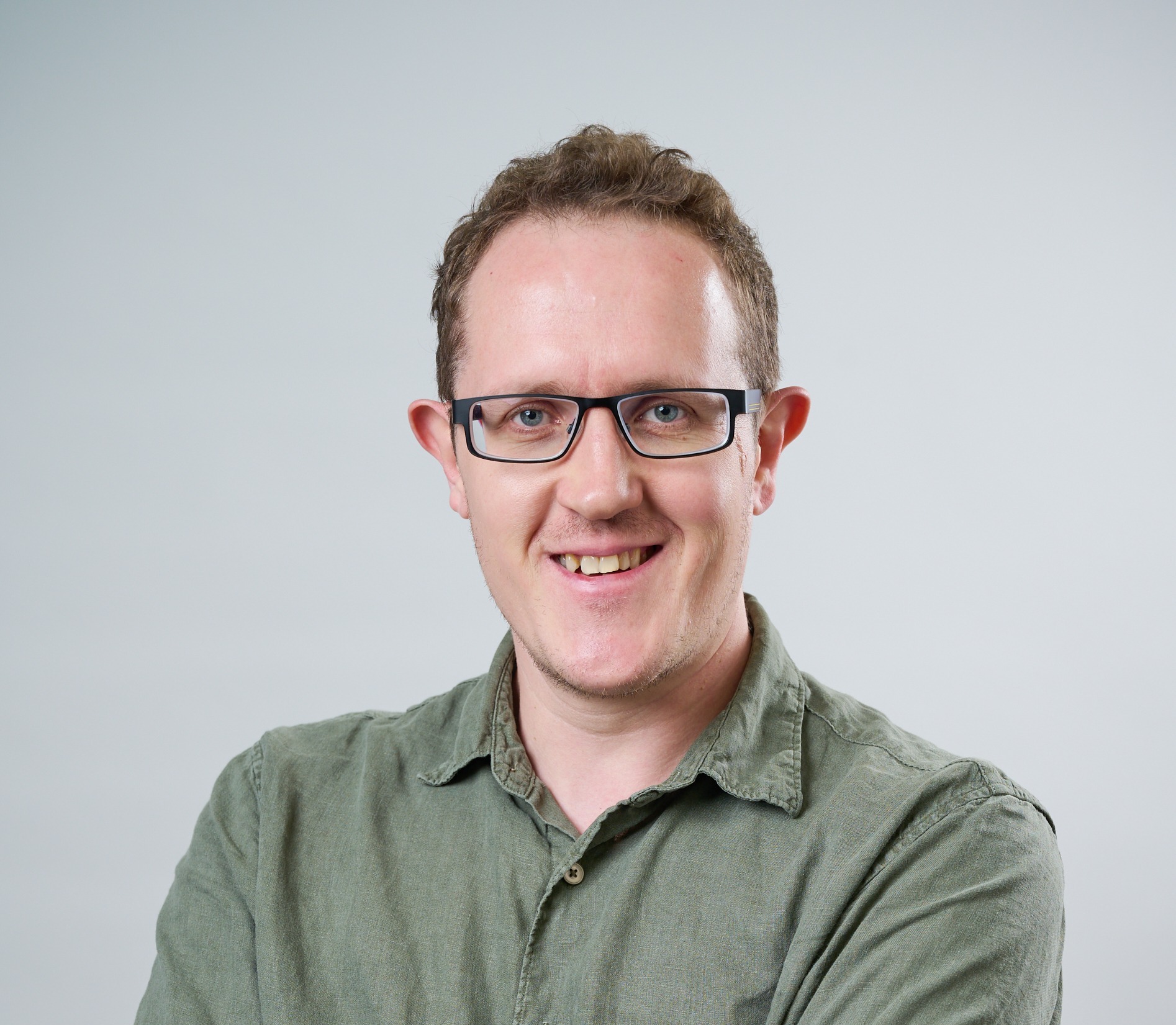What are gilts and should you invest in them?
Government bonds such as gilts have traditionally been viewed as safe-haven assets, but does that still hold in the era of Trump tariffs?


UK government bonds – usually referred to as ‘gilts’ – have been at the heart of some of the biggest financial stories in recent years. Gilt markets almost single-handedly ended Liz Truss’s government in 2022, and they threatened to dislodge Labour chancellor Rachel Reeves from her position early in 2025.
So, what are gilts? Why do they matter so much – and more importantly, should you invest in them?
“Gilt” is shorthand for a bond issued by the UK government. In other words, gilts are units of government debt. When you buy one, you are lending the government money.
MoneyWeek
Subscribe to MoneyWeek today and get your first six magazine issues absolutely FREE

Sign up to Money Morning
Don't miss the latest investment and personal finances news, market analysis, plus money-saving tips with our free twice-daily newsletter
Don't miss the latest investment and personal finances news, market analysis, plus money-saving tips with our free twice-daily newsletter
Gilts are used by the government to raise money from investors to fill the gap between revenue (taxes) and spending. This makes them central to the financial system, and a key part of how the UK economy functions.
“Generally, gilts are used to borrow to improve infrastructure and fund other longer-term projects that aim to benefit the economy through higher growth and productivity,” says Rob Morgan, chief investment analyst at Charles Stanley.
“In return for lending the government money, buyers of gilts receive regular interest payments – known as the ‘coupon’ – and the return of the capital on the maturity date. This date varies according to the length of the gilt, which can be as little as one year or as much as 30 years – or more.”
The average life of a gilt is 14 years, though yields on 10-year gilts are generally tracked as the headline figure when discussing gilt yields.
Remember: because the coupon payment is a fixed amount, the “yield” – as a percentage of the face value of the bond or gilt – moves in an inverse direction to the price. So in the chart above, which shows price, points where the line is lowest means that the yield is highest, and vice versa.
This matters for the UK economy because the yield on a gilt is effectively the interest that the government pays on its debt. The lower gilt prices go, the more expensive it is for the government to raise money.
How do gilts work?
The government issues bonds via the Debt Management Office (DMO), which is responsible for managing gilt supply and demand and deciding what sort of gilts to issue.
There are various ways of buying gilts. Some investment platforms allow you to buy them directly, but if you aren’t able to do so you could buy an ETF that tracks the performance of government bonds or gilts.
“[Gilts] can either be bought at issue or in the secondary market,” says Morgan. “Buying at issue means that you get the same ‘yield’ on the bond as the coupon. For instance, if a bond is issued with a 4% coupon you’ll receive £4 of interest for each £100 invested every year until maturity.
“However, if you buy in the secondary market, the gilt may be trading either above or below its ‘par’ value and the return generated could be higher or lower.”
Par value is defined as the face value of the bond – i.e. the amount the borrower is required to repay on the maturity date.
The DMO determines the price of new gilts issued based on market conditions, and yields are one of the key variables that are considered when pricing them.
The question of whether or not gilts are a good investment depends largely on market conditions, as well as your individual circumstances and the role they are likely to play in your portfolio.
Should you buy gilts?
Whether or not gilts make a good investment depends, as with all bonds, on their yield compared to other market factors.
Two of the key ones are interest rates and inflation.
If interest rates are at 5%, there’s little point in buying a gilt that pays 4%. There will be other safe investments, like an easy-access savings account, that pays more than the gilt.
For this reason, gilt prices tend to fall, and yields rise, when interest rates go up, and vice versa.
High inflation is also a detriment for would-be gilt investors, because the coupon rate they pay is a fixed monetary amount that doesn’t change with inflation (there are exceptions called index-linked gilts, but these are a relatively niche area of the gilt market).
“Investors don’t wish to see a below-inflation return on their money, so they want compensation for the risk of inflation being higher than expected – and this ‘term premium’ particularly affects longer term gilt prices,” says Morgan.
So the ideal time to buy gilts is one where yields are high, but where interest rates and inflation are expected to fall in future.
Gilt yields, having spiked in January, are entering a turbulent period as Trump’s tariffs upend global trade. On 9 April they climbed to 4.86%, before falling back to around 4.72%.
Inflation came in at 2.8% in February, meaning gilts are currently yielding around 1.9 percentage points above the rate of inflation.
At the height of the gilt yields crisis in January, inflation was tracking at around 2.5% and gilts were yielding 4.9% – so, 2.4 percentage points above inflation. As such, the real yields on gilts have fallen in the meantime.
How have tariffs impacted gilt yields?
Whether or not gilts are a good investment also depends on your own personal circumstances and investment goals.
Historically, they have been viewed as a good asset to hold alongside equities in a balanced portfolio. The theory is that if riskier assets (stocks) sell off, then safer investments (government bonds) will increase in price, so they can hedge against losses on your equity investments.
However, that rule of thumb is coming under question as Trump’s tariffs wreak havoc on stock markets and bond markets simultaneously.
Even as the stock market collapsed in the wake of ‘Liberation Day’ tariffs, yields on 10-year gilts climbed to 4.86% on 9 April, their highest levels since the January gilt yields crisis.
“There is a catalogue of reasons why investors may be selling government bonds,” says Laith Khalaf, head of investment analysis at AJ Bell. “Hedge funds and leveraged investors looking to raise cash to cover margin calls might encash liquid assets like bonds to fill holes.
“Investors may be selling mixed asset funds which hold both equities and bonds, with the latter simply being collateral damage in the flight from anything that smells of risk. Market concerns about oversupply or an inflationary impact from tariffs could also have pushed yields on government bonds up.”
How do gilts affect your finances?
The interest rates on gilts set prices for things like mortgages, financial derivatives and can dictate government budgets. They are essentially the foundations of the country’s financial system.
When gilt yields increase, the government pays more interest on its debt. This eats into its budget, meaning less money available for tax cuts or public spending, assuming everything else remains constant.
The UK has more than £2.5 trillion of gilts outstanding. While many of these have fixed interest rates over several decades, it’s easy to see how even a small increase in gilt yields can have a huge impact on the country’s financial position.
They are also a significant driver of borrowing costs. For instance, in late 2024 and early 2025, some mortgage lenders increased their rates as gilt yields rose, even though interest rates had been trending downwards.
However, higher gilt yields tend to be good news for annuities.
“The higher the gilt yield the bigger the potential regular retirement income,” says Morgan. “If you have been contemplating buying an annuity with your personal pension pot, it might be an opportune time to take a fresh look at available rates.”
Get the latest financial news, insights and expert analysis from our award-winning MoneyWeek team, to help you understand what really matters when it comes to your finances.

Dan is a financial journalist who, prior to joining MoneyWeek, spent five years writing for OPTO, an investment magazine focused on growth and technology stocks, ETFs and thematic investing.
Before becoming a writer, Dan spent six years working in talent acquisition in the tech sector, including for credit scoring start-up ClearScore where he first developed an interest in personal finance.
Dan studied Social Anthropology and Management at Sidney Sussex College and the Judge Business School, Cambridge University. Outside finance, he also enjoys travel writing, and has edited two published travel books.
-
 RICS: Seller confidence hits new high but buyers are yet to return to the property market
RICS: Seller confidence hits new high but buyers are yet to return to the property marketThe latest Residential Market Survey from the Royal Institution of Chartered Surveyors (RICS) shows there are signs that confidence is slowly returning to the housing market
-
 'Lockdown wills’ at increased risk of legal challenge
'Lockdown wills’ at increased risk of legal challengePressures caused by the pandemic led some people to rush their wills. Now, lawyers are saying problems are surfacing that could make them invalid